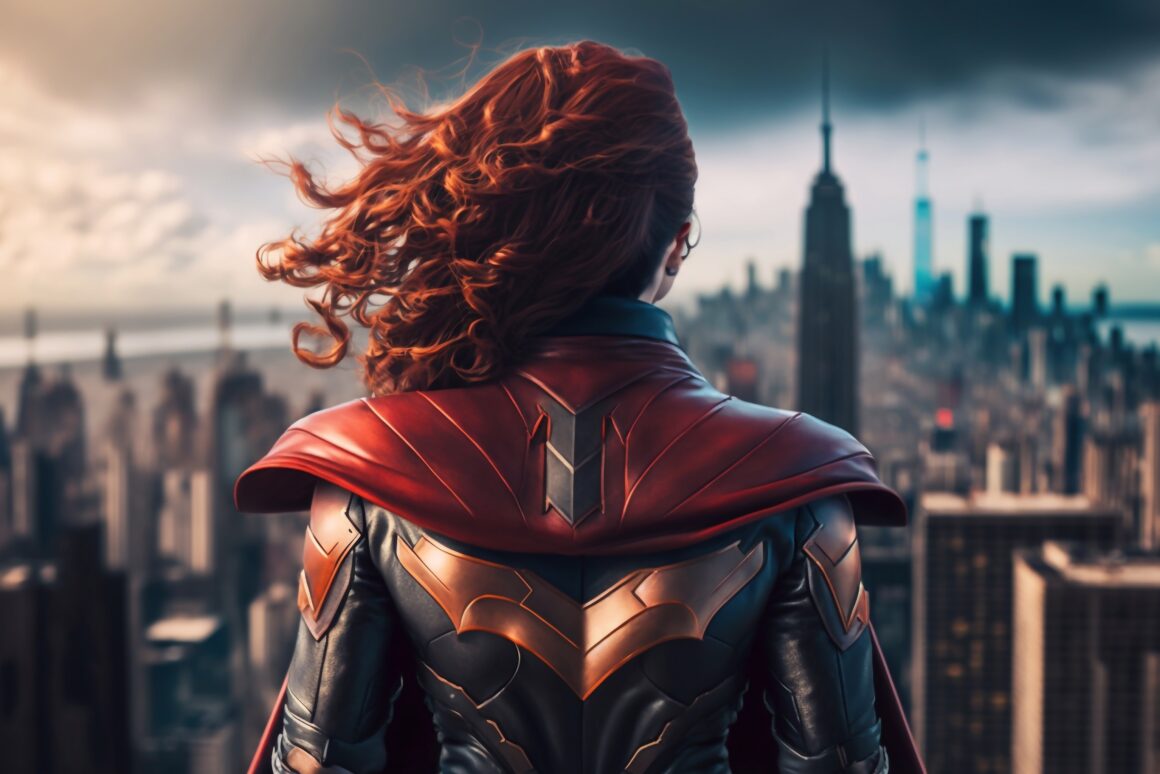I love the Oscars. I’ve always loved the Oscars. In fact, I love the Oscars so much I sent my mom into labor on Oscar night eighteen years ago just so I could be alive to watch them. (Not that it was effective – I was born at 2pm the next day, but it’s the thought that counts.) But now, in 2017, as the hype from the Golden Globes and Grammys have simmered down to a mere hum, I can finally get excited about my favorite night of the year. I’ve spent the last few months making sure I watched every movie nominated and, as always, this year’s picks have been pretty fantastic all around. But one movie, to me, stood out from the rest this year. Hidden Figures, though it lacked La La Land‘s catchy soundtrack and Hacksaw Ridge’s suspenseful cliffhanger, is the one I kept my eye on throughout Oscar night. (Not that it came to fruition — Hidden Figures was snubbed for victories, but that’s a story for another time.)
The reason Hidden Figures is such an important film isn’t because it features three strong female leads. Natalie Portman in Jackie and Meryl Streep in Florence Foster Jenkins embody strong, powerful women in their respective movies as well. The problem is that mainstream feminist movies are far and few between, and when they do make it to Hollywood, they usually feature white women and their struggles.
It’s been this way since third-wave feminism started to become prominent in the early 1990s. From Julia Stiles’ teen angst in 10 Things I Hate About You (1999) to Jennifer Lawrence’s dysfunctional family in Joy (2015), we’ve seen a wide variety of white women overcome the metaphorical shackles that the patriarchy had imposed upon them. There is no one single narrative for the white woman — the rise of feminist movies in Hollywood has allowed for there to be female chefs or businesswomen or doctors or homemakers. As a society, we’ve collectively accepted that white women can be virtually anything they want to be.
The same, unfortunately, is not the case for many minority women, specifically Black women. What makes Hidden Figures so necessary in this day and age is the fact that the women – Katherine Johnson, Dorothy Vaughn, and Mary Jackson – were exceptionally gifted mathematicians and engineers in a world that wasn’t ready to accept them yet. Their narratives differ from the standard black woman narrative we see so often in Western media. Black women tend to fall into two categories in Hollywood: the wise but nonthreatening maid (a la Mammy in Gone With The Wind) or the aggressive, bubble-gum-popping party girl from The Bronx, usually found nagging someone (see: The Mindy Project and Love and Hip Hop).
In Hidden Figures, Taraji P. Henson, Octavia Spencer, and Janelle Monae play three undeniably brilliant NASA employees. The story follows their personal and professional struggles: marriage, motherhood, misogyny, all the while highlighting the underlying racism that permeated every interaction they had. It was set in Virginia in 1961, after all. The aspect worth noting, however, is that they don’t fit either one of the aforementioned ‘black woman’ stereotypes. They set precedent for Hollywood movies in the future by proving that Black women can exist outside of the predetermined stereotypes that society has created for them. With every new story, we can show that Black women are humans with talents and interests and personalities and potentially erase the institutionalized picture we painted in the past. This is the concept of the “single story” that Chimamanda Ngozi Adichie refers to in her TEDxTalk — the idea that media and literature only portray one kind of minority. Books and movies essentially dictate the way children perceive the world; how can we expect future generations to be more tolerant and accepting when the media they consume features predominantly angry and impoverished Black women, or say, stingy and socially inept Asian men? Allowing a single narrative to represent an entire demographic fuels our detrimental cycle of prejudice, and one of the best ways for us to combat that is by widening the stories we feature in mainstream media.
The story only gets more interesting from there, though. The film was initially expected to do poorly, mainly on account of its relatively small budget and seemingly ‘unpalatable’ plotline, but it exceeded everyone’s expectations by grossing over $100 million, surpassing even Oscar frontrunner La La Land in the box office.
Hidden Figures‘ unexpected success sends a clear message to the producers in Hollywood: the public can and will be interested in the untold narratives of Black women, Latinx women, queer women, and virtually every other group that is currently being overlooked by the film industry. Contrary to what the majority of directors thought, there is a place in society for diverse stories and we do truly want to hear them. They, in fact, will make us laugh and cry and empathize in the way any other movie would.
So while the Academy didn’t recognize Hidden Figures’ power to end Hollywood’s diversity problem in time for Oscar night this year, I know that I’m not the only one that took note of its success. I can only hope that next year’s directors will take this as their cue to expand the stories of Black women – or all minority women, for that matter – and make the Oscars something I can be proud to have exited the womb for.





Comments are closed.